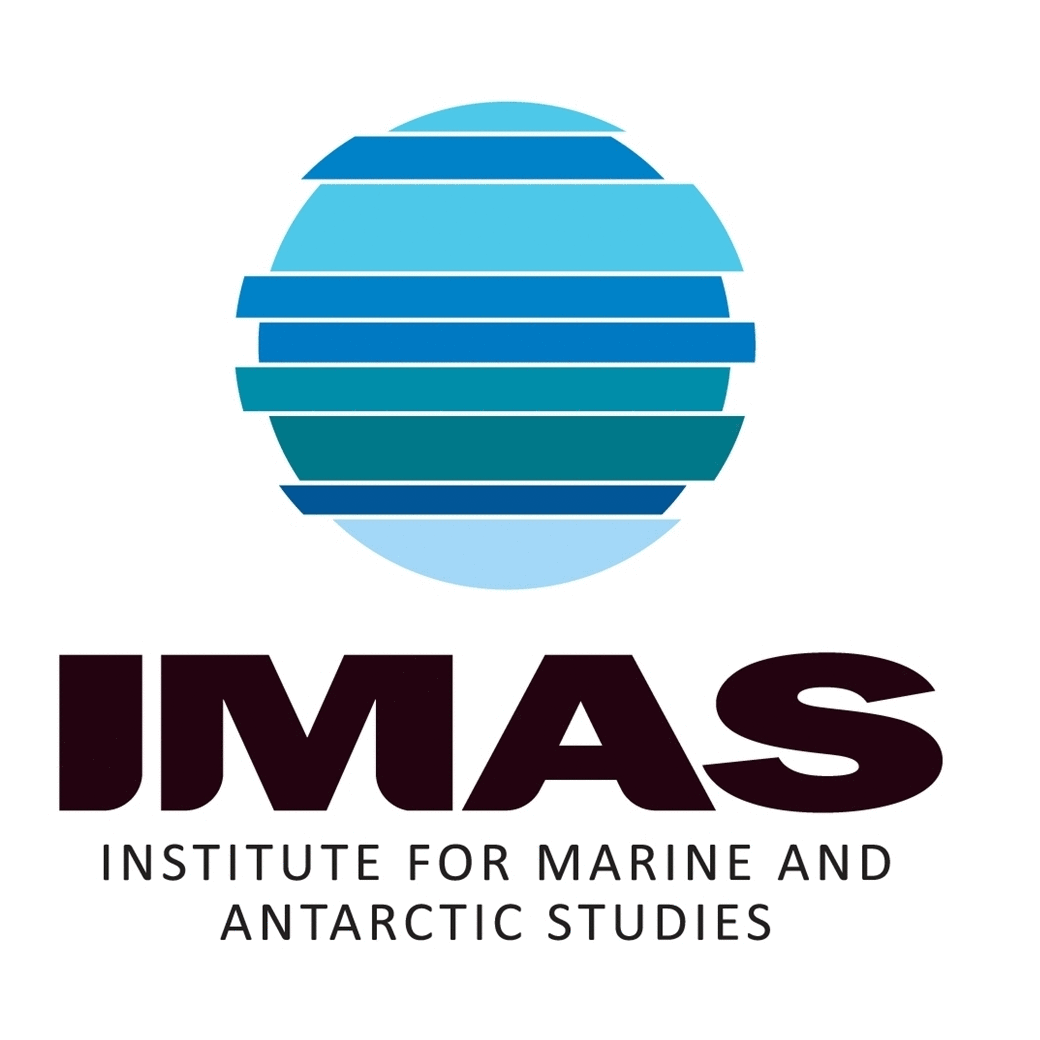EARTH SCIENCE | BIOLOGICAL CLASSIFICATION | PROTISTS | MACROALGAE (SEAWEEDS)
Type of resources
Topics
Keywords
Contact for the resource
Provided by
Years
-
The Marine Futures Project was designed to benchmark the current status of key Western Australian marine ecosystems, based on an improved understanding of the relationship between marine habitats, biodiversity and our use of these values. Approximately 1,500 km2 of seafloor were mapped using hydroacoustics (Reson 8101 Multibeam), and expected benthic habitats "ground-truthed" using towed video transects and baited remote underwater video systems. Both sources of information were then combined in a spatial predictive modelling framework to produce fine-scale habitat maps showing the extent of substrate types, biotic formations, etc. Surveys took place across 9 study areas, including Geographe Bay in the southwest Capes region. The marine environment at this location varies from extensive seagrass meadows in protected waters, to kelp-dominated granite and limestone reefs in areas of high wave energy. A small number of corals are also found throughout the region, reflecting the influence of the southward flow of the Leeuwin Current. The fish fauna is also diverse, with a high proportion of endemic species.
-
Seasonal patterns in the in situ ecophysiology of the common habitat-forming seaweeds Ecklonia radiata, Phyllospora comosa, and Macrocystis pyrifera were investigated at different latitudes and depths in southeastern Australia. We used multiple performance indicators (photosynthetic characteristics, pigment content, chemical composition, stable isotopes, nucleic acids) to assess the ecophysiology of seaweeds near the northern and southern margins of their range, along a depth gradient (E. radiata only), over a two year period (September 2010 – August 2012).
-
The phenotypic plasticity of habitat-forming seaweeds was investigated with a transplant experiment in which juvenile Ecklonia radiata and Phyllospora comosa were transplanted from NSW (warm conditions) to Tasmania (cool conditions) and monitored for four months. We used multiple performance indicators (growth, photosynthetic characteristics, pigment content, chemical composition, stable isotopes, nucleic acids) to assess the ecophysiology of seaweeds before and following transplantation between February 2012 and June 2012.
 IMAS Metadata Catalogue
IMAS Metadata Catalogue